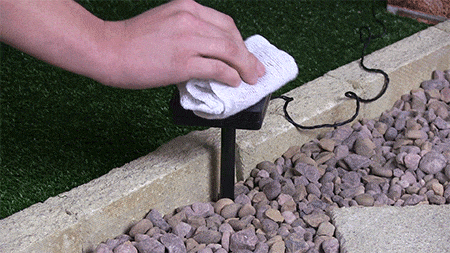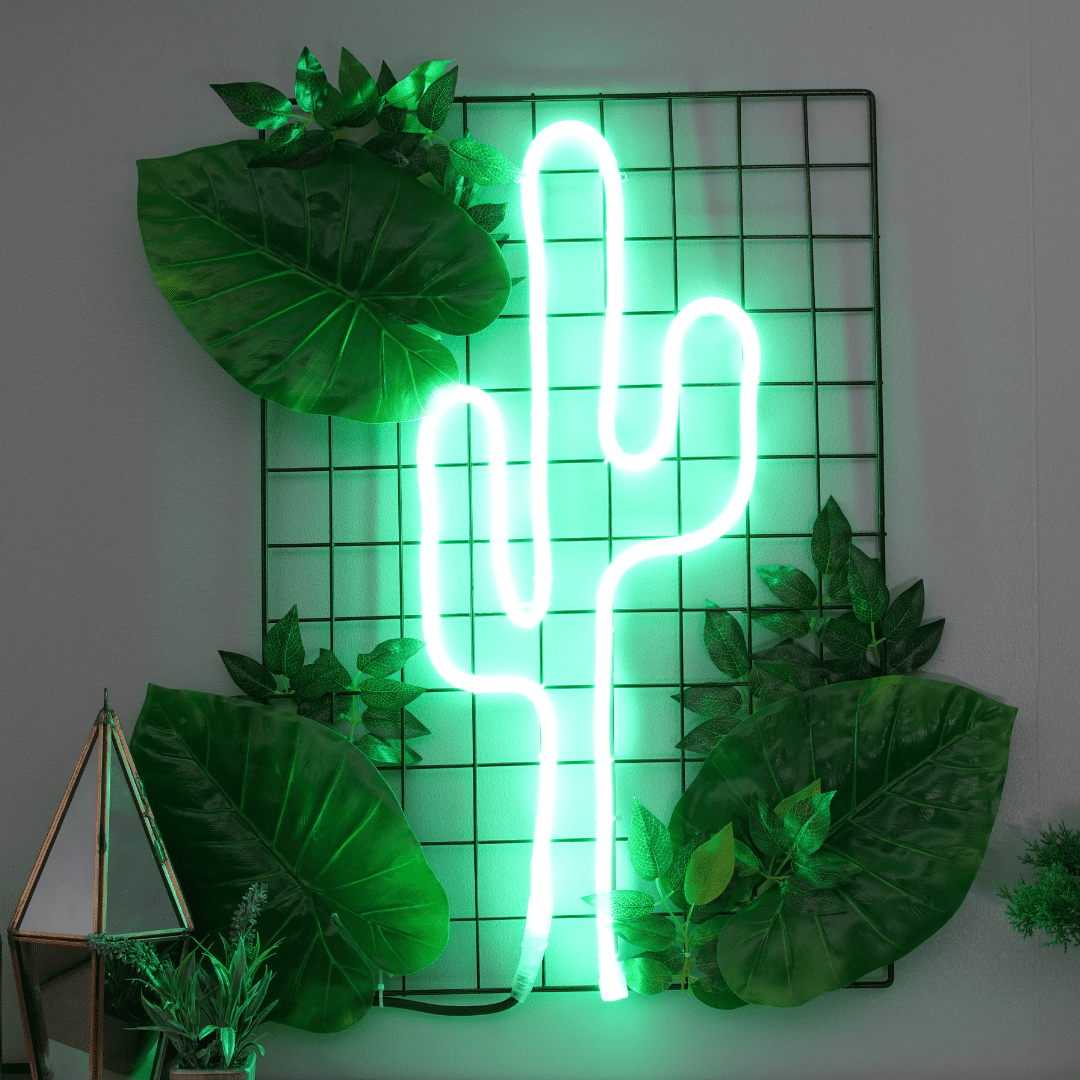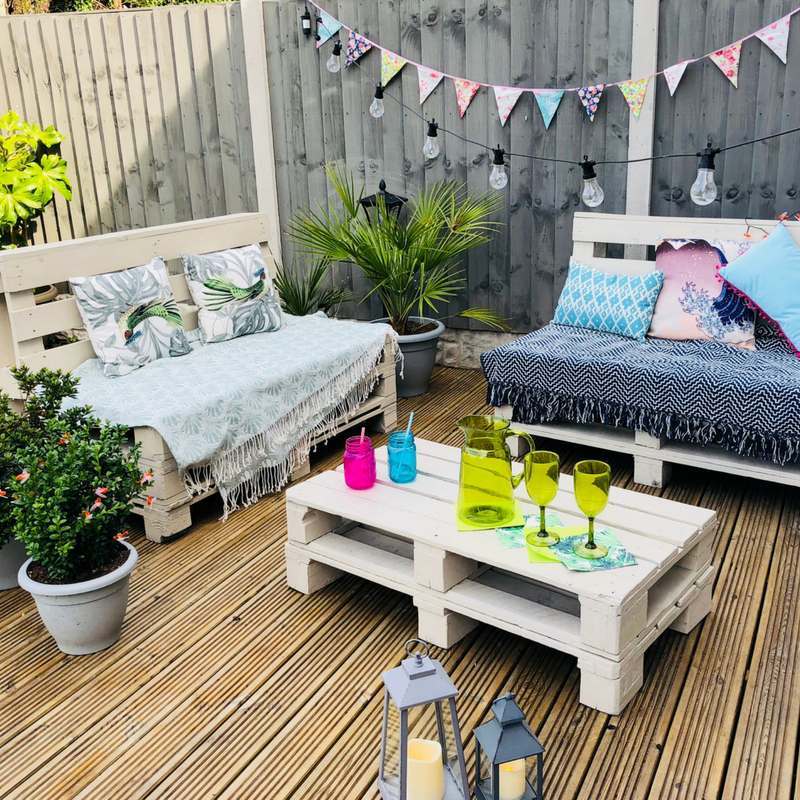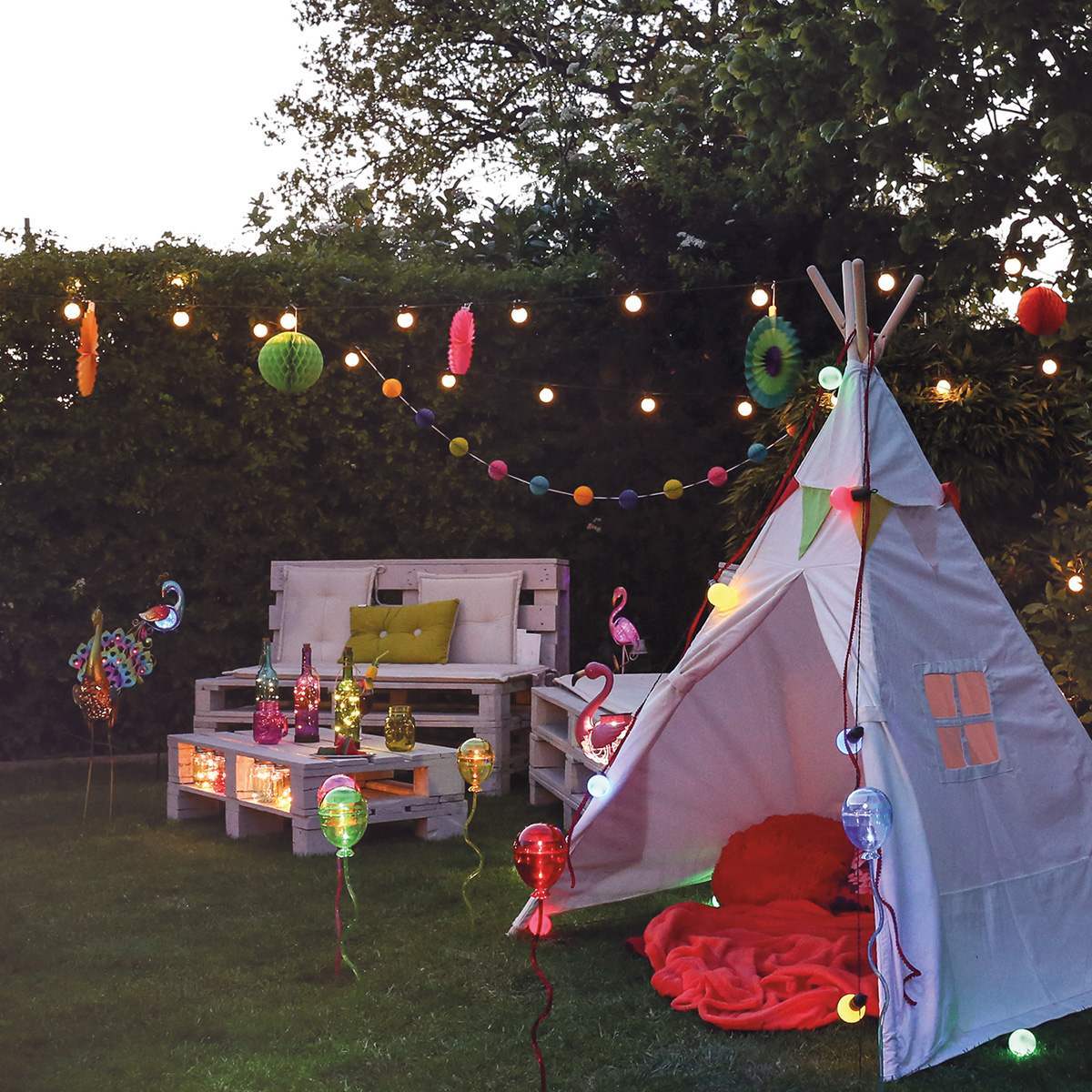
8 things to do if your solar powered lights aren’t working
Are your solar lights not working ? If they’re not staying on, or aren’t turning on at all, there are a few checks you can do to figure out the problem. Sometimes, customers struggle to get their brand-new lights set up properly, and other times, they can falter over a period.
But why do solar lights stop working suddenly? There are causes that you can investigate. In this guide, we provide quick and easy troubleshooting if your solar lights are not working, with simple steps for both new and used lights.
How do solar lights work?
Before we troubleshoot why your solar light does not work, it’s important to understand the mechanism of garden lights. Getting to grips with settings and controls will help you know how to test solar lights or check for broken solar lights.
So, how do solar lights work and what components do they come with? Solar lights absorb energy from the sun through a solar panel, which is made up of photovoltaic (PV) cells. These cells convert light into energy, powering the battery that keeps your lights on. This means the battery will charge during daylight, ready for use at night.
Depending on the product, there may be a number of light functions to choose from, including various light sequences, colour change settings, or a timer that turns lights on and off. These types of lights will have a power box. Many solar products come with a light sensor too, which means they will automatically turn on when it gets dark. This is the case with many of our solar light products.
If your lights are brand new, make sure you’ve checked our instructions for optimum solar light setup.
1. Check that they’re turned on
Have you just received your lights and are struggling to get them to work? It’s not uncommon for people to ask, “Why are my brand-new solar lights not working?” because they haven’t figured out the settings.
If the issue isn’t individual solar bulbs not working, but the whole set of lights, the first step is to make sure the power is on! While not all solar lights come with a power switch, some do. If your product comes with a switch, it needs to be pushed into the ‘on’ position for any light sensors to take effect.
If your lights have suddenly stopped working after a certain period, it may be worth doing a quick reset. To reset your lights, turn them off at the switch. Wait for a few minutes, then turn them back on. Or for a full reset, turn them off and let them fully charge for 36-48 hours before testing them again.

2. Check the battery
For brand-new lights, you’ll need to check if there’s a pull tab attached to the battery. Pull tabs are little pieces of plastic, inserted into the battery pack to prevent the batteries from working before the product is delivered to you.
They are usually clear (and not always easy to spot if you have poor eyesight or impaired vision). Look for a little red arrow on the plastic tab, as this indicates where to pull the tab out. Once the tab has been removed, you’ll be able to turn your lights on.

3. Replace the batteries
A common issue with solar lights not working is a dead battery. Solar lights tend to come with long-lasting rechargeable batteries, but these will need to be occasionally replaced. Typically, this may be once every few years, or sooner, depending on your level of usage.
As a guide, rechargeable batteries have an approximate lifespan of somewhere between 300 and 500 charges. If you’re seeing a significant drop in your light’s runtime, this could be a sign that the batteries are due for replacement. If your lights stop working altogether, the battery may be completely depleted.
If you don’t have rechargeable batteries to hand, a good way to check is to test them with regular batteries. If the lights work using regular batteries, then it’s almost certainly a battery issue rather than broken solar lights.
Please be aware that dead batteries should be changed as soon as possible, as they can start to erode and leak acid, which can cause permanent damage to your lights.

4. Check the wiring
After ensuring it’s not a battery issue, if you still can’t get your solar lights to turn on, the next step is to look at the wiring.
For old lights, inspect the exterior of the wires to check for any visible damage. You’ll want to make sure the connections are secure and not corroded. You’ll also need to look out for any loose or broken wires, as well as any general wear and tear.
To access the internal wiring, you will need to carefully open the solar light. This may require the housing or solar panel to be unscrewed so you can inspect it. If any wires have come loose, these will need to be reattached. If repairs are required and you’re not sure how this could affect your warranty, please contact the retailer for guidance.
Always test the lights after any changes made to wiring, and make sure you put the solar panel back in the sunny spot to recharge, ready for testing at night.
5. Ensure the solar panel is clean
Another common issue for solar bulbs not working or turning on is the solar panel not absorbing enough light from the sun. This is often caused by dirt or debris, which can build up over time, particularly during autumn and winter. Heavy rain or wind can cause soil and dirt to splash or bounce onto the panel’s screen, so regular cleaning is recommended. You can do this with a soft cloth or a small brush.

6. Test the solar panel
Here’s how to test solar lights when you’ve ruled out battery and wiring issues. If testing in daylight, you will need to completely cover the solar panel/sensor area to simulate darkness. By covering the sensor, you can mimic nighttime conditions to see if your lights will turn on.
We also need to point out that there are certain limitations to solar-powered lights, particularly with the climate here in the UK! So, it’s not unusual to see lights working less effectively during the winter months. There are also lots of cheap garden lights being sold all over discount stores, supermarkets and online marketplaces. If you want lights that perform all year round, we recommend investing in quality lights from an outdoor light specialist, like us.
High-quality lights use an amorphous panel, as they work better in low lighting, as opposed to a cheaper crystalline one, and feature a larger battery for enhanced winter performance.

7. Consider the position of your solar panel
You may also want to think about repositioning your solar panel if it is completely clean, but you’re still having issues with your solar lights not working. Make sure your solar panel is in the best position to absorb energy from the sun and ensure there is nothing blocking it from receiving enough light.
Here are some tips for placement if your garden solar light does not work:
Don’t place your panel in shaded areas. Trim overhanging foliage as overgrown trees and bushes cast shadows which prevent solar panels from soaking up the sun’s rays.
Adjust the solar panel angle accordingly. In the Northern Hemisphere, angle them southward, and in the Southern Hemisphere, angle them northward. Careful positioning will maximise the amount of sunlight captured by the photovoltaic cells as the direction of the sun changes throughout the day.
Adapt placement to the seasons. The sun’s position will also change with the seasons, so you may need to tweak the position of the panel at different times of the year to account for this.
Avoid charging through glass. Charging through glass, such as in a greenhouse or conservatory, will greatly lessen the solar panel’s ability to charge. Double or triple-glazed windows can be especially tricky and may prevent your lights from working altogether due to a low charge.
Still not working? Time to get in touch
If all else fails and you’re still having issues with your solar lights not working, it could be the manufacturer’s fault. Contact the retailer from which you purchased your lights, and they should be able to help with a refund or replacement if you’re within the warranty period.
Find the perfect solar lights at Festive Lights
At Festive Lights, all our solar light products come with a 12-month warranty for peace of mind. Our friendly customer service team is on hand to help you troubleshoot should anything go wrong. They can advise you on how to test solar lights or help with a refund if you bought your lights from us. You can find out more about our refund policy here.
If you’re looking for a better quality replacement for broken solar lights purchased elsewhere, we can help you find the perfect product to transform your outdoor space.
For support, please contact us here. Or start browsing our huge range of beautiful solar-powered products for your garden – including solar fairy lights, solar path lights, solar lanterns, and much more.



